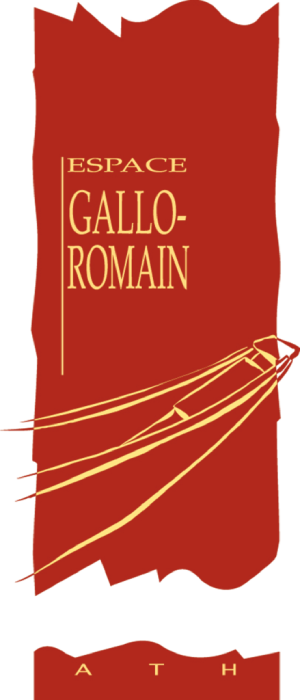years ago? Many Latin authors who have written on the subject reveal the secrets of gardeners… but not only that. Archaeology can shed new light, despite the scarcity of traces. In order to reconstruct a natural environment – landscape or garden – archaeologists call on scientists specialising in different fields.
Carpologists study the remains of seeds and fruits (pits, seeds, cereal and legume seeds, wild plant seeds, etc.), sometimes charred, contained in archaeological layers. This allowed us to learn about the composition of the local flora and understand the agricultural and dietary practices of an area. The presence of non-native plants provides information about exchanges, sometimes over long distances. For example, Mediterranean plants found in our regions are one of the signs of Romanisation.
Palynologists are interested in fossilised pollen and spores extracted from layers of sediment during excavations. Their identification and proportion make it possible to trace the plant evolution of a landscape over a very long time scale. While some changes are due to a natural transformation of the climate, other variations are of human origin: clearing, cultivation, animal husbandry. Laboratory analysis of samples taken from archaeological sites provides more local information on the different activities practised.
Each of these sciences provides data and hypotheses that help to reconstruct a living environment.

Sample containing carbonised seeds © Photo H-G Naton (CC Attribution-Share Alike 3.0 Unported license)

Recent Comments